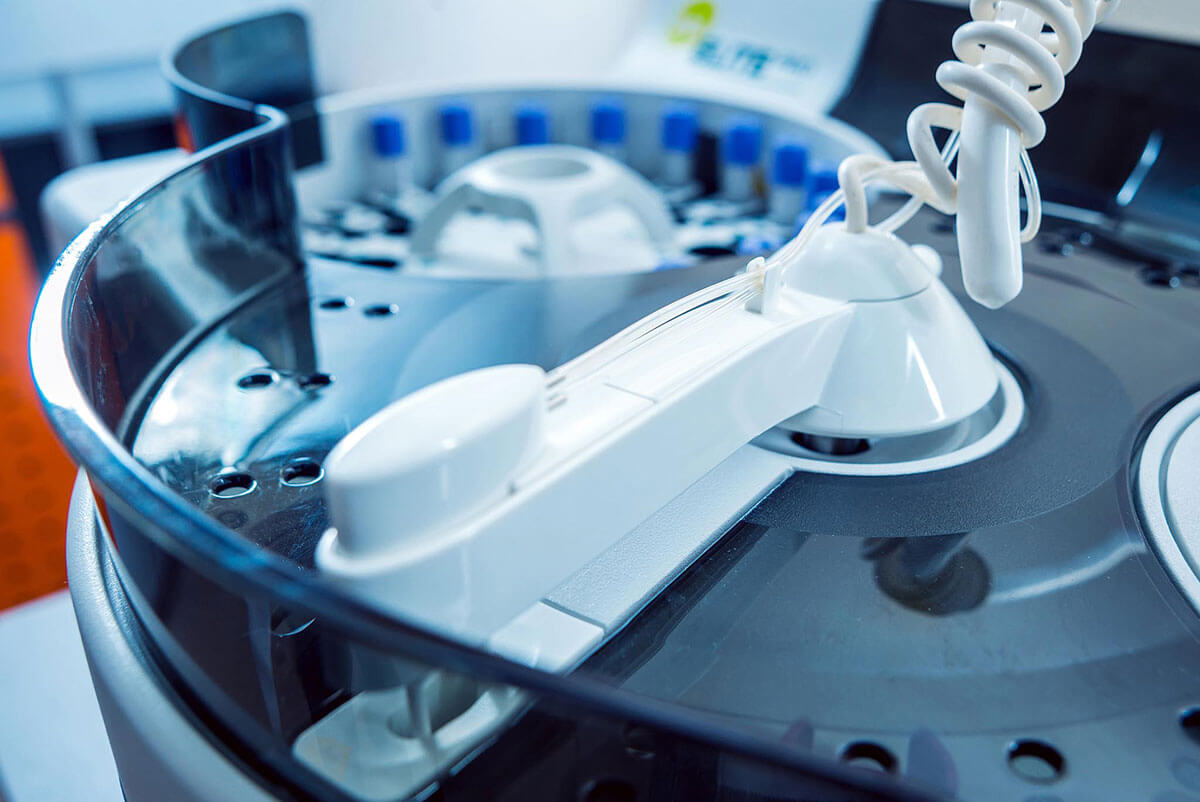Process Advancements
Transitioning from Batch to Continuous Processes
Introduction
In pharmaceutical manufacturing, converting from batch processes to continuous processes can have several advantages. One major advantage is the ability to increase production capacity and throughput, as continuous processes can operate at higher speeds and require less downtime between batches. Converting a batch process to a continuous process can increase productivity and efficiency by reducing the time and labor required to handle batches. Continuous processes involve a constant flow of materials or products, which eliminates the need for stopping and starting to switch between batches.
Another advantage is improved product quality and consistency. Continuous processes can provide better control over process variables, such as temperature and pressure, leading to more consistent and reliable product quality. This can also reduce the need for rework and minimize the risk of product recalls due to quality issues.
In addition, continuous processes can help reduce costs by requiring fewer resources, such as labor, materials, and equipment. They can also help minimize waste and improve sustainability by reducing the amount of unused or discarded materials.
However, there are also some challenges associated with implementing continuous processes in pharmaceutical manufacturing. For example, continuous processes may require significant capital investment in new equipment and infrastructure. Companies must also ensure that the continuous process is able to meet regulatory requirements and maintain product safety and efficacy.
Another advantage is improved product quality and consistency. Continuous processes can provide better control over process variables, such as temperature and pressure, leading to more consistent and reliable product quality. This can also reduce the need for rework and minimize the risk of product recalls due to quality issues.
In addition, continuous processes can help reduce costs by requiring fewer resources, such as labor, materials, and equipment. They can also help minimize waste and improve sustainability by reducing the amount of unused or discarded materials.
However, there are also some challenges associated with implementing continuous processes in pharmaceutical manufacturing. For example, continuous processes may require significant capital investment in new equipment and infrastructure. Companies must also ensure that the continuous process is able to meet regulatory requirements and maintain product safety and efficacy.

The Approach
Converting from batch processes to continuous processes in pharmaceutical manufacturing requires careful planning, investment, and validation to ensure that the new process is safe, efficient, and effective. It is important to work closely with regulatory agencies and industry experts throughout the process to ensure that the new process meets all requirements and best practices.
The process of converting from batch processes to continuous processes in pharmaceutical manufacturing typically involves several key steps:
Evaluate the feasibility: Determine whether continuous processing is appropriate for the specific pharmaceutical product being produced, as well as the facility and equipment available. Factors to consider include the complexity of the process, regulatory requirements, and cost-effectiveness.
Develop a plan: Create a detailed plan for transitioning to continuous processing, including timelines, budgets, and milestones. Consider factors such as equipment modifications or upgrades, training requirements, and potential impacts on production schedules.
Conduct equipment and facility modifications: Modify existing equipment or install new equipment to enable continuous processing. This may include implementing automation and control systems, adding or modifying pipelines, and installing sensors and monitoring equipment.
Conduct process validation: Validate the new continuous process to ensure that it meets regulatory requirements and produces consistent and reliable results. This may involve conducting tests to demonstrate that the process is capable of producing products that meet the required quality standards.
Train personnel: Provide training to employees on the new continuous process, including how to operate and monitor the equipment, how to troubleshoot problems, and how to ensure quality and safety.
Monitor and optimize the process: Continuously monitor the process to identify any issues and optimize the process for efficiency, quality, and safety. This may involve making adjustments to the equipment or process parameters to improve performance.
In all it will bring Economies of Scale.
The process of converting from batch processes to continuous processes in pharmaceutical manufacturing typically involves several key steps:
Evaluate the feasibility: Determine whether continuous processing is appropriate for the specific pharmaceutical product being produced, as well as the facility and equipment available. Factors to consider include the complexity of the process, regulatory requirements, and cost-effectiveness.
Develop a plan: Create a detailed plan for transitioning to continuous processing, including timelines, budgets, and milestones. Consider factors such as equipment modifications or upgrades, training requirements, and potential impacts on production schedules.
Conduct equipment and facility modifications: Modify existing equipment or install new equipment to enable continuous processing. This may include implementing automation and control systems, adding or modifying pipelines, and installing sensors and monitoring equipment.
Conduct process validation: Validate the new continuous process to ensure that it meets regulatory requirements and produces consistent and reliable results. This may involve conducting tests to demonstrate that the process is capable of producing products that meet the required quality standards.
Train personnel: Provide training to employees on the new continuous process, including how to operate and monitor the equipment, how to troubleshoot problems, and how to ensure quality and safety.
Monitor and optimize the process: Continuously monitor the process to identify any issues and optimize the process for efficiency, quality, and safety. This may involve making adjustments to the equipment or process parameters to improve performance.
In all it will bring Economies of Scale.

Sujata Nutri-Pharma, formerly known as Sujata Chemicals is a growing and well known name in the pharmaceutical & food industry for inorganic bulk drugs and fine chemicals.
Quick Contact
If you have any questions or need help, feel free to contact our support team.
Send Us Email:
Call Us Today:
Copyright © 2025 Sujata Nutri Pharma


